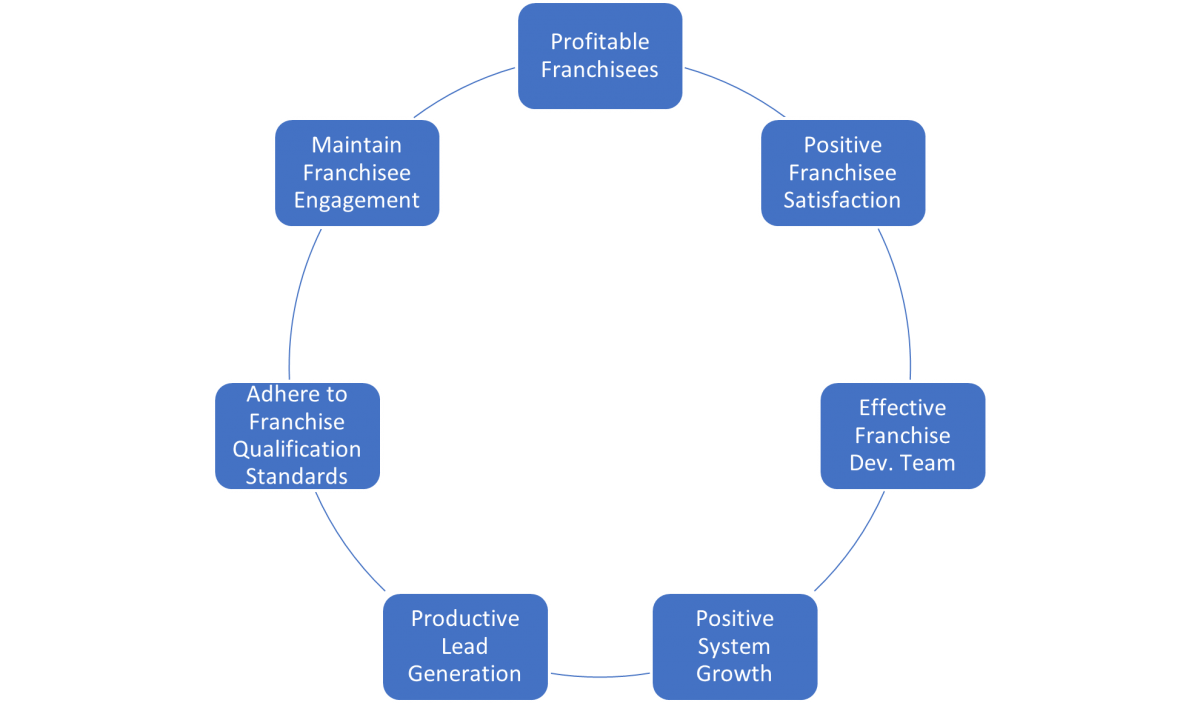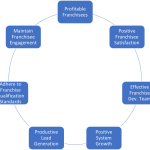Photo by Austin Distel on Unsplash
Technology and innovation have helped and in some instances saved restaurants as they changed their way of thinking about the overall guest experience. Many thrived by staying connecting and engaged with their customers with this new worldwide operating model and mindset.
SIX TECH TRENDS IN THE RESTAURANT INDUSTRY BORNE OUT OF THE PANDEMIC
By: Gary Occhiogrosso – Managing Partner Franchise Growth Solutions, LLC.
As a New Yorker in the restaurant and franchise business, I’ve seen the industry go through difficult times over the last two years. From total closure to outdoor dining in the wintertime to mandated “proof of vaccination” rules imposed on citizens. Some moves made by the restaurant industry in response to the pandemic and the government orders resulted in numerous changes.
From an optimistic viewpoint, there have been innovative changes that will remain in place. The good news is we are nearing the end of the pandemic and learning to live in a mostly vaccinated society as guest are returning to restaurants in droves. One of the more forward thinking initiatives is the restaurant industry’s embrace of technology in a way that many restaurateurs had not considered or even shunned before the global pandemic. There is no doubt the COVID-19 pandemic forced many industries to shift to digital mode. The restaurant industry is no exception as it steered toward the use of technology by introducing digital menus and online ordering options to keep its business alive, just to name a few.
Technology and innovation have helped and in some instances saved restaurants as they changed their way of thinking about the overall guest experience. Many thrived by staying connecting and engaged with their customers with this new worldwide operating model and mindset. Everything from online orders to self-checkout, contactless payment methods, and home delivery, the restaurant industry could not afford to ignore the latest trends set in the food industry if they were to remain relevant and competitive.
Here are six tech trends in the restaurant industry borne out of the pandemic. I believe they are here to stay:
Online Ordering
Before the pandemic hit the world, many restaurants were waiting for the right time to introduce online ordering options for their customers. However, the strict lockdown forced the restaurant industry across the globe to close their cafes, QSR’s as well as dine-in services and shift to the digital medium of ordering, payment adn pick-up.
Many online platforms helped the restaurant industry to continue their business by collaborating with them. A study reveals that almost one in three Americans use online food ordering systems once a week. They introduced digital menus for the customers to check what the restaurants are offering.
Contactless Payment
Another mainstream trend in the food industry is contactless payment. It is not only about placing online orders but also about receiving payments through smartcards, smartphones, and smartwatches. Contactless payment originally gained momentum slowly with the global food industry. However, the pandemic gave it a big push to accelerate the concept industry wide.
Ready Contactless Dining
Logo for Ready Contactless Dining app with QR code and text reading Pay Here visible, at a restaurant in the Silicon Valley, San Jose, California, December 18, 2021. Photo courtesy Tech Trends. (Photo by Gado/Getty Images)GADO VIA GETTY IMAGES
It is a more hygienic and safer means of placing an order with no personal interaction and no cash handling. Moreover, it is a quick and convenient way of receiving payment from customers for the orders placed. Restaurants wishing to stay competitive in the handheld device era must design plans that create digital payment methods for a better experience.
Restaurant Reservation Software
For the full service space, automating restaurant reservation schedules, not only increases efficiency in a time of ongoing labor challenges, it also conveys an updated image to your diners. Moreover, it reduces the chances of over or double booking. Short staffed restaurant with extra busy staffers often make mistakes disrupting a great guest experience. Therefore, the reservation software reduces or eliminates the need to attend calls to reserve tables or assign employees to handle the customers.
Drone Food Delivery Systems
With the high cost of third party delivery services, restaurateurs are seeking alternatives. Drone delivery in certain parts of the country are beginning to become popular. Automating the delivery process may eventually lead to some restaurants doing away with the delivery person’s existence entirely. With the advancement of technology, drones soon may completely replace drivers to ensure contactless, timely delivery. Moreover, they can also film the surroundings and offer many avenues for marketing initatives. Having food delivered through drones would eliminate the cost of hiring delivery people and reduce the environmental effects caused by the vehicles while at the same time lessen the need for expensive third party servies.
Chatbots
A newer trend taking hold in the food industry is the use of website Chatbots. Restaurants can easily create chatbots. They do not require much investment and can easily integrate with different communication mediums. While interacting with customers, a chatbox may:
* recommend dishes
* suggest food
* pair drink options
* process payments
*ask for feedback
*offer promotions
*announce events
*and even crack jokes
Air purification:
To increase health security, air quality and purification enters the minds of some guests. As a result, restaurants are focusing on upgrading air purification systems to improve air quality inside their restaurants. Some restaurants opt for filter systems that trap pollutants and neutralize contaminants in the air. Although these concepts are still emerging in the restaurant industry, they are becoming an integral part of safety measure and you can expect to see more of it as we continue to learn to live with the threat of viruses. These air purification measures are in addition to customers expectations that the staff sanitize the restaurant regularly and thoroughly before serving meals.
My “Take Away”
As technology changes everything from the guest experience to the ordering process to the functionality of the kitchens, restaurants must continue to evolve, innovate and monitor consumer trends if they expect to survive and thrive. Embracing the use of technology and digital solutions as a way remain competitive is undoubtedly here today and the future of our business.










